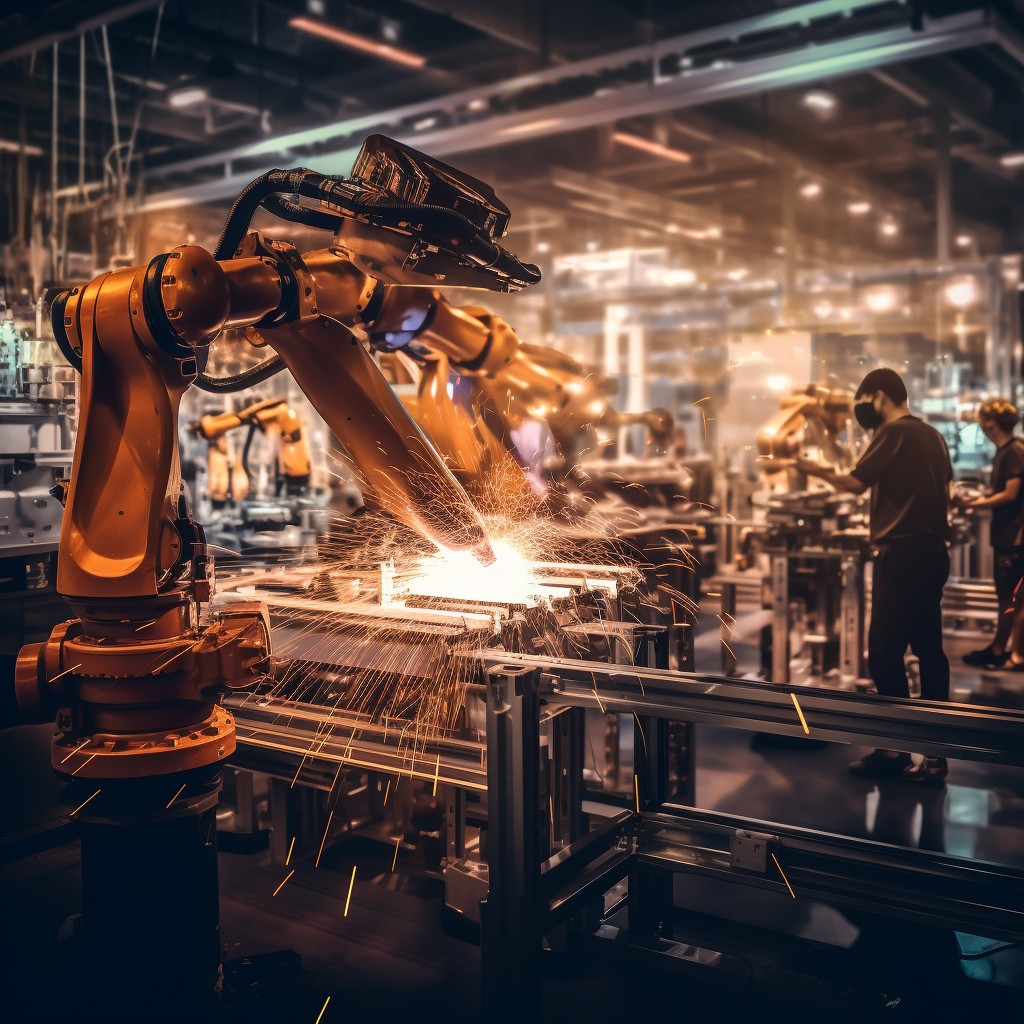The manufacturing industry is on the cusp of a digital transformation driven by the integration of Artificial Intelligence (AI). A recent McKinsey report forecasts that AI has the potential to generate a staggering $13 trillion in total economic activity by 2030, with a substantial $1 trillion expected to benefit the industrial sector alone.
Meanwhile, Zebra’s 2022 Automotive Ecosystem Vision Study reveals that nearly 90% of automotive manufacturers plan to embark on a digital transformation journey by 2027. Amidst these advancements, the industry also grapples with an impending labor shortage, with an estimated 2.1 million manufacturing jobs predicted to remain unfilled by 2030.
AI is a crucial ally in addressing these challenges and furthering the digitalization of manufacturing processes.
Taking pragmatic steps towards AI integration
The integration of AI into manufacturing processes is not a one-size-fits-all endeavor. Decision-makers are advised to proceed with caution, taking small but deliberate steps to harness the vast potential of AI.
A focused and specific goal, such as quality control, should be the initial target for AI deployment. An excellent starting point is the implementation of Optical Character Recognition (OCR), a specialized AI application.
Deep learning-based OCR systems can “see” and “read” text on manufacturing components without coding knowledge or font training. This technology enhances the accuracy of critical data, including Vehicle Identification Numbers (VINs), manufacturing lot codes, date codes, and serial numbers.
By reducing errors and tracking items through the manufacturing line, OCR ensures that the right components reach the appropriate assembly areas. The deployment process is remarkably straightforward, involving the simple task of delineating the text of interest. AI systems can be effectively implemented to address specific challenges in mere minutes.
For more complex issues like identifying defects on automobile parts or detecting defective labels, the choice of AI tool should be guided by the nature of the problem. Machine vision emerges as the ideal tool if the defects are known and their locations specified.
However, when the defects are unknown or their locations uncertain, combining machine vision with deep learning becomes the preferred approach, enabling AI to uncover and understand previously unseen anomalies.
Building AI’s cognitive capacity
AI’s effectiveness in tackling manufacturing challenges depends on its ability to “learn” and adapt. This process involves the creation of a neural network akin to teaching children colors. In the case of machine vision with deep learning, if AI is to recognize defects in car parts, it must repetitively encounter and understand these defects through exposure to relevant images.
This iterative learning process requires significant computational power, typically in Graphics Processing Units (GPUs), and an organized and responsibly annotated repository of images.
Creating neural networks relies heavily on the quality and quantity of image data provided to AI. Neglecting to collect and manage images systematically can lead to confusion within the AI system.
Just as a child shown an unequal number of red and orange objects may mistakenly perceive them as the same color, AI can develop erroneous interpretations without a robust and balanced dataset. Therefore, manufacturers must prioritize continually creating, training, and verifying datasets to ensure the efficacy of their AI models.
Embracing the learning curve
AI, like humans, undergoes a learning curve. Initially, it may only identify a portion of defects, but with each iteration, its performance improves. It can eventually detect invisible defects to the human eye, even before vehicle parts are installed. Continuous learning through AI can unveil variations in manufacturing processes that experienced operators may overlook, presenting new avenues for improvement.
An exciting development in AI for manufacturing is the advent of “anomaly detection.” Unlike traditional methods that require AI to learn both good and defective parts, anomaly detection exclusively trains on good images.
This advancement allows AI to only discern the difference between good and defective parts by analyzing images of defect-free components. This breakthrough promises to accelerate AI deployments and is poised to become a standard practice in manufacturing in the coming years.
While the human brain remains unparalleled in its processing capabilities, it is susceptible to distractions, fatigue, and boredom, especially in repetitive manufacturing environments. AI, on the other hand, operates tirelessly and consistently.
The time is ripe for manufacturers to embrace AI applications, neural networks, and continuous learning, with humans leading the way as they harness the immense potential of this technology.
Land a High-Paying Web3 Job in 90 Days: The Ultimate Roadmap
